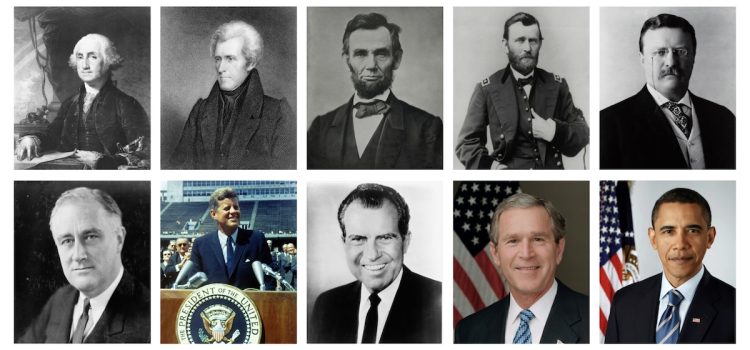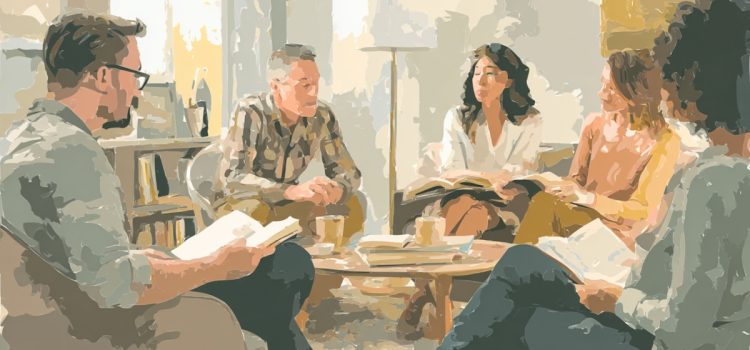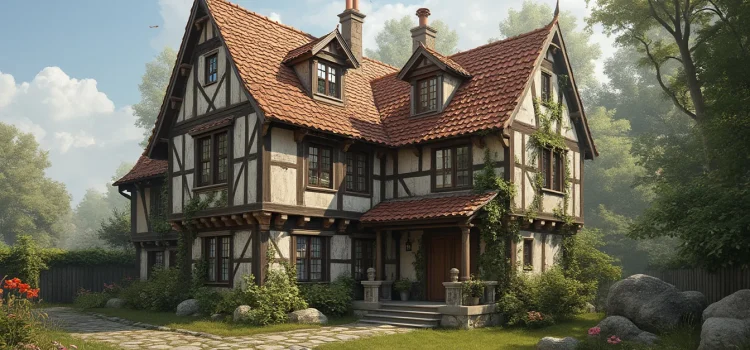We’ve put together discussion questions for Sapiens by Yuval Noah Harari that you can use with a book club or a class at school. We include sample answers, book club activities that will help you get more out of what you’ve read, and recommendations for more reading if you like this book. Book Synopsis Sapiens traces the history of our species from the emergence of Homo sapiens in Africa—estimated at roughly 300,000 years ago to the present day. Harari identifies three major revolutions that shaped human history: Throughout the book, Harari explores how shared myths—including religions, nations, corporations, and money—have
Sapiens Discussion Questions, Sample Answers, & Activities










